The following blog post was written by Samantha Luke, a Trent Nursing Student completing her placement with the HKLN Drug Strategy. In her post, Sam details the various events that took place at the the Central East Opening Doors Conference last week and provides a written reflection of one of the sessions she attended regarding medical marijuana. We hope you enjoy the read!
The Central East Opening Doors Conference focused broadly on the health and wellness of individuals living with HIV/AIDS, those who are impacted by HIV/AIDS and their service providers. This conference took pace at Fern Resort, on the shores of Lake Couchiching, in Orillia, Ontario. The first day was reserved for people living with HIV/AIDS and concentrated on discussions of resiliency and empowerment with gender specific focus groups, among others. The following two days were open to those who are impacted by HIV/AIDS and service providers to join. A panel of long-term HIV survivors told impactful stories and responded to questions regarding their lived experiences. The sessions that followed coveredmedical marijuana, harm reduction, treatment options and HIV Related Neurocognitive Disorder. Social events (think – shared meals, costume party, pool tournament, let’s make a deal!) were sprinkled throughout the three days and brought participants together outside of the educational sessions.
Medical Marijuana: A Personal Reflection on Equity and Access
As part of this Opening Doors event Melissa Leach, a Medical Cannabis Educator and Community Outreach Coordinator with The Clinic Network Canada, presented regarding medical marijuana. Topics covered included the history of medical marijuana, insurance coverage (or lack thereof), chemical components, use for individuals with HIV/AIDS, process of prescribing, dosing and potential implications post-legalization of marijuana for recreational use. I’ve been finding it incredibly difficult to keep up with ever changing federal and provincial policies surrounding marijuana; information presented in the media has seemed hazy and often highly opinionated. Melissa’s presentation helped me see through the media haze and corrected mis- or dated information I’ve been holding on to.
I have several people in my life who use medical marijuana to manage peripheral neuropathic pain and to lower anxiety. They would be the first to tell you that it has drastically changed their lives, but that’s only true when a supply is available from their licensed producer (LP). Anecdotally, I knew it was difficult to reliably access medical marijuana. Melissa gave me a better understanding of the multitude of issues and barriers people face in obtaining medical marijuana.
Based on Melissa’s presentation, Medical Doctors and Nurse Practitioners are able to prescribe medical marijuana once other therapeutic options have been exhausted, but most remain unwilling to. Marijuana does not have a drug identification number (DIN); it is therefore prescribed via a medical document, not a regular prescription. This medical document must be sent, along with a registration form, to a LP for approval (which, according to Melissa, takes at least 20 days). Once approved, you may only order from this LP. You cannot switch providers without starting the whole process again, even if your LP is unable to fill your orders. Most insurance companies do not cover medical marijuana. An average prescription is 1-3g/day, which has an average cost of $8.50/g (plus shipping, taxes and an upcoming additional $1.00 surcharge per gram after recreational legalization). This cost is significant and inaccessible to many.
Let’s assume you are financially able to sustain these expenses, you’ve made it through the long convoluted process and now have a LP. You order your first month’s supply and, with the help of medical marijuana, are now managing your chronic condition well. But, with each upcoming month that supply from your LP is not guaranteed – among others, your pain, anxiety, nausea, etc. may go untreated simply because your LP is unable to meet market demands. Would we accept an approval waiting period or inconsistent supply for a new antidepressant medication from a local pharmacy? Is it permissible for provincial policies to stop you from going to a different pharmacy if your prescription could not be filled at your usual location? Have we forgotten that this is a medication?
We are opening the door for every adult to legally access recreational marijuana at a time when the system appears to be inadequately serving patients in need of medicinal marijuana. I believe there should be a separate, accessible, equitable, reasonably priced stream for medical marijuana with a confirmed supply that is prioritized before recreational use. Without a reliable supply of medication we are putting patient treatment at the mercy of corporations and failing to provide a proper standard of access and care as a result.
For more information about the Central East Opening Doors Conference, please visit https://www.ceodconference.ca.
